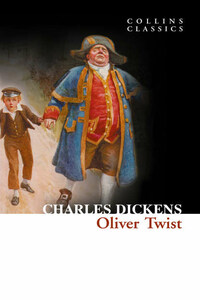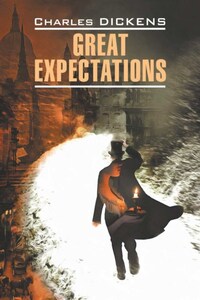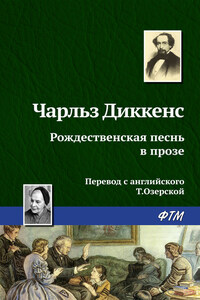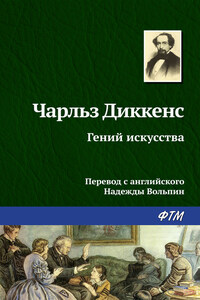In 1819, Millworker William Collins from Glasgow, Scotland, set up a company for printing and publishing pamphlets, sermons, hymn books and prayer books. That company was Collins and was to mark the birth of HarperCollins Publishers as we know it today. The long tradition of Collins dictionary publishing can be traced back to the first dictionary William published in 1824, Greek and English Lexicon. Indeed, from 1840 onwards, he began to produce illustrated dictionaries and even obtained a licence to print and publish the Bible.
Soon after, William published the first Collins novel, Ready Reckoner, however it was the time of the Long Depression, where harvests were poor, prices were high, potato crops had failed and violence was erupting in Europe. As a result, many factories across the country were forced to close down and William chose to retire in 1846, partly due to the hardships he was facing.
Aged 30, Williamâs son, William II took over the business. A keen humanitarian with a warm heart and a generous spirit, William II was truly âVictorianâ in his outlook. He introduced new, up-to-date steam presses and published affordable editions of Shakespeareâs works and Pilgrimâs Progress, making them available to the masses for the first time. A new demand for educational books meant that success came with the publication of travel books, scientific books, encyclopaedias and dictionaries. This demand to be educated led to the later publication of atlases and Collins also held the monopoly on scripture writing at the time.
In the 1860s Collins began to expand and diversify and the idea of âbooks for the millionsâ was developed. Affordable editions of classical literature were published and in 1903 Collins introduced 10 titles in their Collins Handy Illustrated Pocket Novels. These proved so popular that a few years later this had increased to an output of 50 volumes, selling nearly half a million in their year of publication. In the same year, The Everymanâs Library was also instituted, with the idea of publishing an affordable library of the most important classical works, biographies, religious and philosophical treatments, plays, poems, travel and adventure. This series eclipsed all competition at the time and the introduction of paperback books in the 1950s helped to open that market and marked a high point in the industry.
HarperCollins is and has always been a champion of the classics and the current Collins Classics series follows in this tradition â publishing classical literature that is affordable and available to all. Beautifully packaged, highly collectible and intended to be reread and enjoyed at every opportunity.
Charles Dickens was born in Portsmouth, England, but had moved to Kent and then to London by the time he was ten years of age. Not long afterwards, his father was arrested and sent to debtors prison for spending beyond his means. This marked a transition in Dickensâ early life from one of carefree childhood to one filled with relative uncertainty. Above all, Dickens began to ferment ideas of social injustice and a need for social reform in pre-Victorian Britain. These ideas would become the staple of his literary cannon.
He was first published in 1833 at the age of twenty-one. By the time of his death, in 1870, he had completed nineteen (and a half) novels. His final work, The Mystery of Edwin Drood, was only half completed. All of Dickens novels were first published in serialized form, which was the orthodox method in his day.
While other writers tended to complete their books first and then divide them into chapters for serialization, Dickens preferred to write his chapters as and when required. This lent itself to his success, because it meant that his prose was naturally tailored to the format of monthly instalments. Rather than having hiatuses randomly placed in the overall storyline, according to page counts, Dickens was able to deliberately leave the reader wanting more. In essence he had invented the concept of the literary cliff-hanger. Combined with his enhanced characterizations and fabulist allegory this made for a compelling read, so Dickens became the single most popular author in Victorian Britain.
By his forties, Dickens had taken to touring and giving animated readings of his books to captive audiences, who delighted in his ability to bring his characters to life. This was an extension of the storytelling craft he had learnt as a parent, as he had ten children with his wife Catherine, whom he married in 1836.
As well as being a humanistic novelist, Dickens was also a humanitarian in real life. For example, he gave his support to the abolition of slavery in the USA and helped to establish a home of the redemption for âfallenâ women in England, which meant those women who had resorted to crime and prostitution to find their way in life, but had ended up in debtorsâ prisons, common prisons or workhouses.














